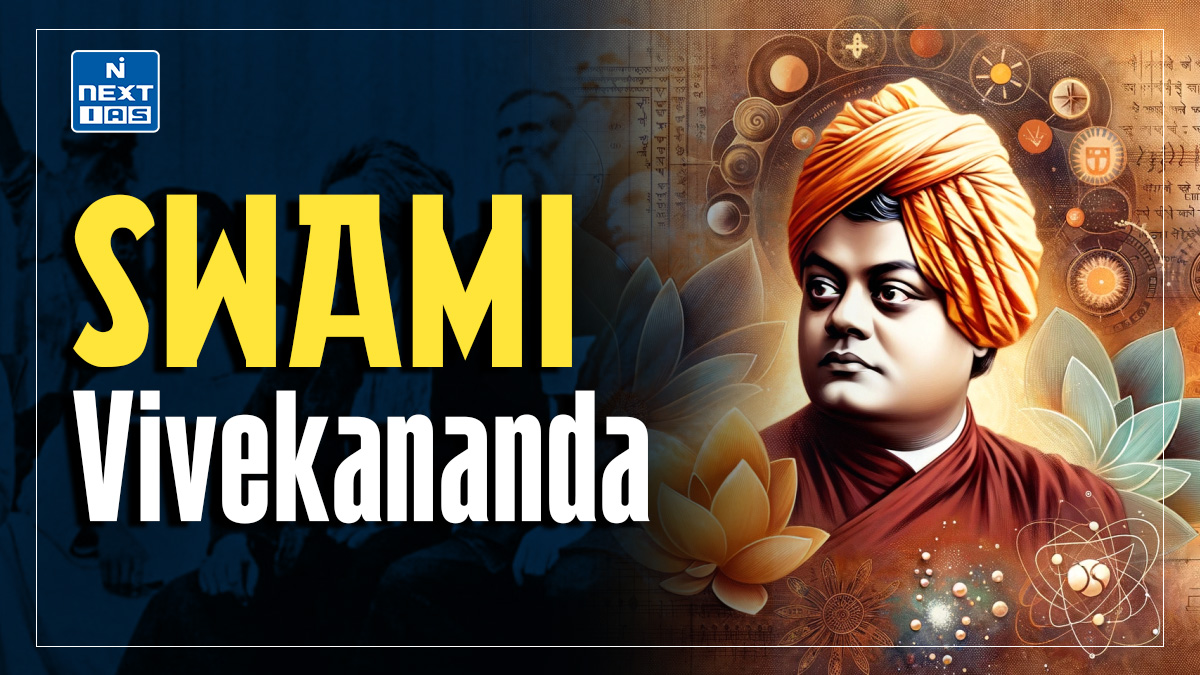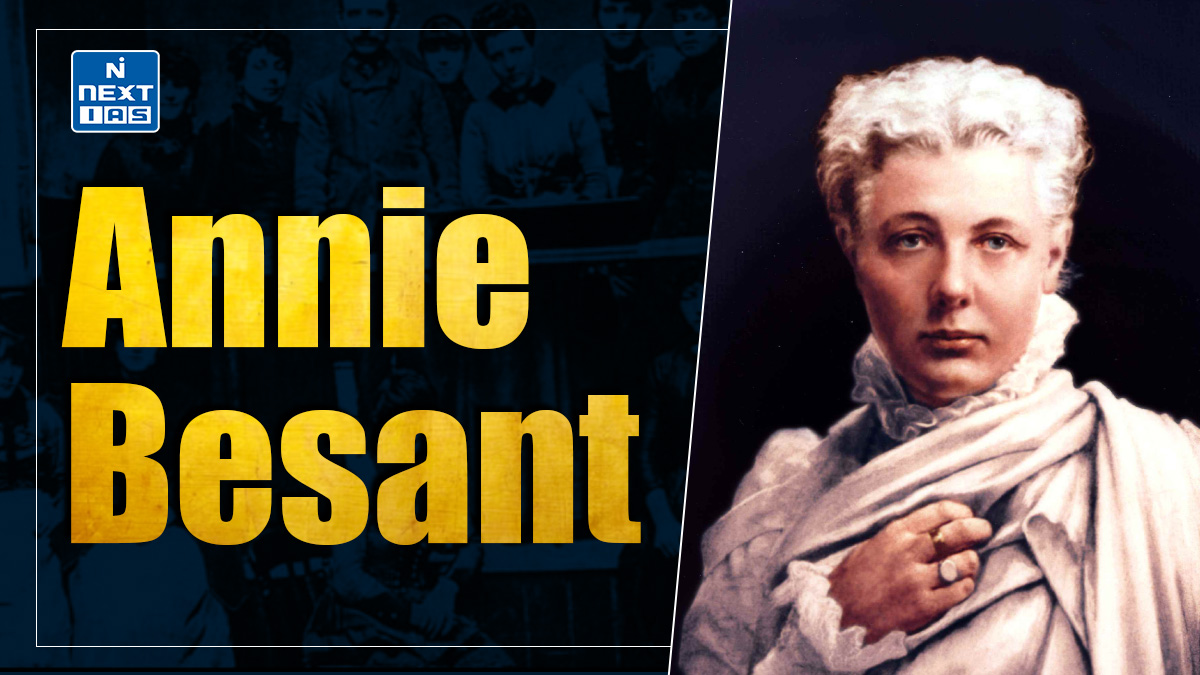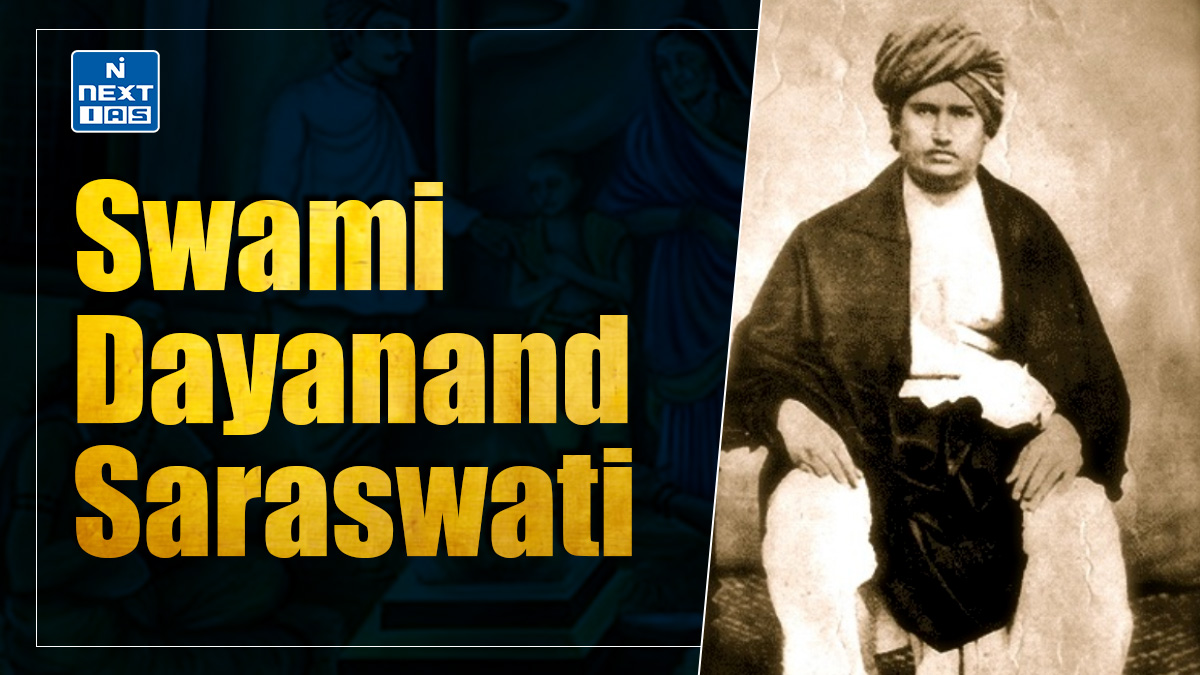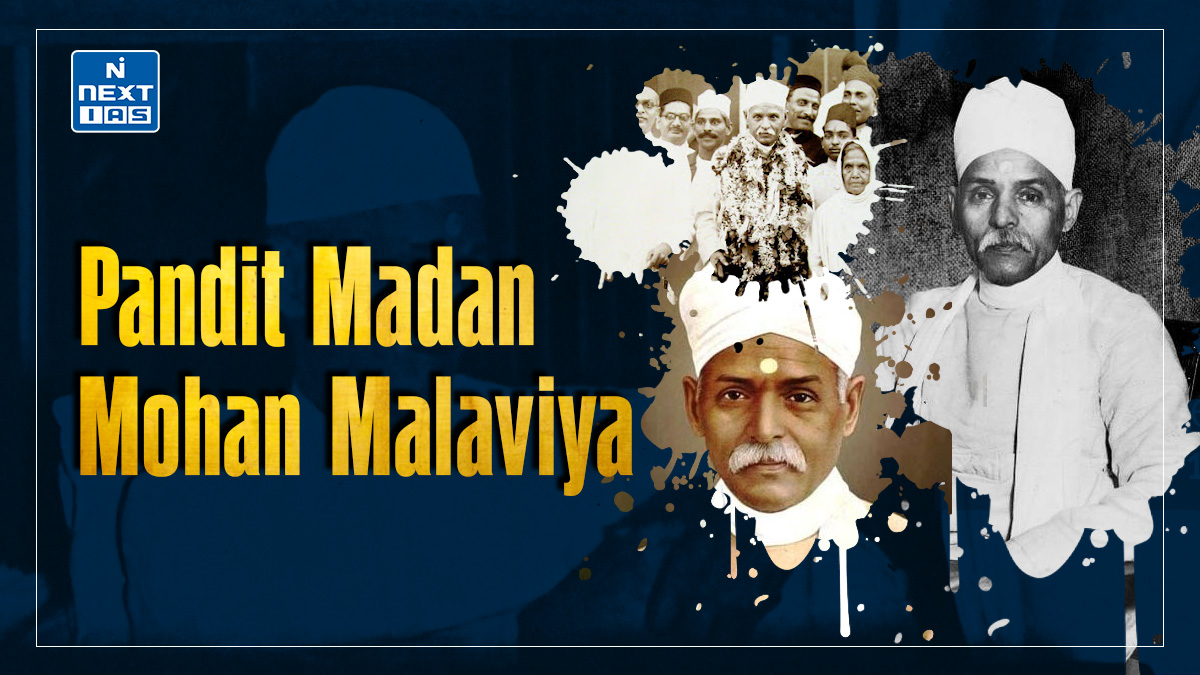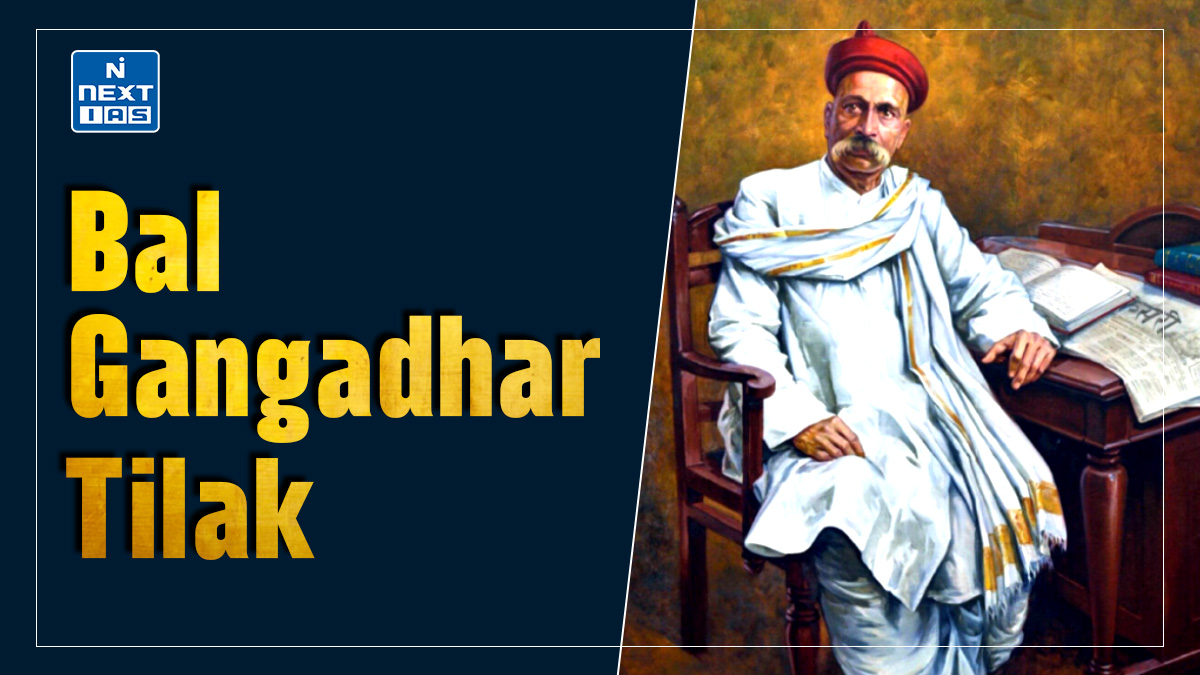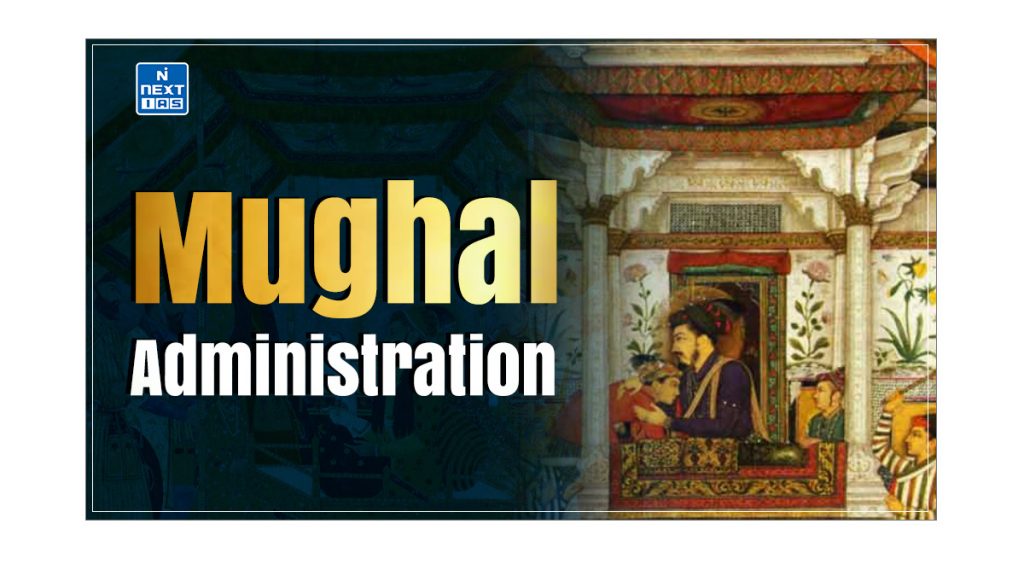
The Mughal Administration was a highly centralised and structured system that effectively governed a vast empire through a blend of military and civil authority. Its significance lies in how it facilitated the empire’s expansion, cultural integration, and economic prosperity, influencing governance in the region for centuries. This article aims to study in detail the various components and functions of the Mughal administrative system, including its key offices, policies, and impact on society.
About Mughal Empire
- The Mughal Empire, a prominent and influential power in South Asia from the early 16th to the 18th century, was characterised by its rich cultural heritage, architectural achievements, and complex administrative structures.
- Founded by Babur in 1526 after his victory at the Battle of Panipat, the empire expanded under successive rulers, notably Akbar, Jahangir, Shah Jahan, and Aurangzeb.
- At its zenith, the Mughal Empire stretched across much of the Indian subcontinent, blending Persian, Indian, and Islamic influences.
Read our detailed article on the Mughal Empire, Babur, Humayun, Akbar, Jahangir, Shah Jahan, Aurangzeb, Mansabdari System and Jagirdari System.
Central Administration in Mughal Empire
- Akbar primarily developed the Mughal administration, which evolved from ideas and principles different from those of the Delhi Sultanate.
- Due to Babur’s lack of time and opportunity and Humayun’s lack of inclination and ability, an elaborate system of civil government remained a myth.
- It was mainly due to the establishment of an administrative apparatus by Sher Shah that Akbar could lay the tower of a systematic structure in administration.
- The Mughal state was essentially military, and the emperor’s word was law. The administrative structure was highly centralised.
Emperor
- Our ancient traditions have always supported a strong ruler. Thus, the monarchy’s concept of divine origin could easily be found in the faith of the Indian people.
- In line with this, the Mughals publicised the Jharokha darshan, where the emperor appeared before the general public at an appointed hour.
- A large number of people assembled daily to have a glimpse of the ruler and to present petitions to him, which were attended to immediately or in the open darbar (diwan-i-am) that followed and lasted until midday.
Wazir
- The institution of the Wazir enjoyed civil and military powers under Delhi sultans and the Mughals.
- The position of the wazir revived under the early Mughals. Babur’s wazir, Nizamuddin Muhammad Khalifa, enjoyed both civil and military powers; Humayun’s wazir, Hindu Beg, also virtually enjoyed great powers.
- It was under Bairam Khan’s regency that the wazir saw an unprecedented rise in power.


Diwan-i-Kul
- The Diwan was the finance minister responsible for collecting revenue, remitting it to the imperial treasury, and checking all accounts.
- Akbar strengthened the Diwan’s office by entrusting the revenue powers to the Diwan.
- He was responsible for all incomes and expenditures and controlled Khalisa, Jagir, and Inam lands.
Mir Bakshi
- The Mir Bakshi was the paymaster-general and the administrator of the army.
- All orders of appointments of mansabdars and their salary papers were endorsed and passed by him.
- Mir Bakshi supervised the branding of the horses (dagha) and checked the soldiers’ muster roll (chehra). It was Mir Bakshi and not the diwan who was considered the head of the nobility.
Mir Saman
- The Mir Saman was the officer in charge of the royal Arkansas. He was the chief executive officer responsible for purchasing and storing all kinds of articles for the royal household.
- Another important duty was to supervise the manufacture of different articles, whether weapons of war or articles of luxury.
- He was directly under the Emperor, but he was to contact the diwan for money sanction and account auditing.
- Only nobles who enjoyed the complete confidence of the emperor were appointed to this office.
Sadr-us Sudur
- The Sadr-us-Sudur was the head of the ecclesiastical department. His chief duty was to protect the laws of the Shariat.
- He was also involved in the distribution of charities—both cash and land grants. He investigated whether the grants were given to the right persons and utilised properly.
Chief Qazi
- Chief Qazi headed the Judicial department.
- This post was sometimes combined with that of Sadr-us sudur. It was a post with considerable power and patronage.
Provincial Administration in Mughal Empire
- The empire was divided into several provinces known as Subas for smooth administration and revenue collection.
- The administrative structure of the province during Mughal rule was exactly the miniature of the central government.
- The head of a Suba was Subedar, who was appointed directly by the emperor.
- He was the head of the civil and military administration of each sub. Similar departments were in the province under a governor appointed by the emperor.
- Each suba was divided into several sarkars, further divided into parganas and mahals.
Provincial Governor
- Subedar (the governor of a suba) was directly appointed by the Emperor. His essential duties were maintaining law and order to ensure the smooth and successful collection of revenue and the execution of royal decrees and regulations.
- Apart from other duties, he looked after the people’s and the army’s welfare.
- He also encouraged agriculture, trade, and commerce in the province and took up various welfare tasks, such as constructing saris, gardens, wells, and water reservoirs.
Diwan
- He headed the revenue department in a province. Notably, he was appointed by the emperor and not the subedar and, therefore, acted as an independent officer answerable to the centre.
- He supervised revenue collection in the suba and maintained accounts of all expenditures incurred, including salaries for officials and subordinates.
- He also had to increase the area under cultivation and boost the state coffers.
Bakshi
- Bakshi was appointed by the imperial court on Mir Bakshi’s recommendation.
- His functions at the provincial level were the same as those of Mir Bakshi at the central level.
- He was responsible for checking and inspecting the horses and soldiers maintained by the mansabdars in the suba.
- His duty was to inform the centre about the happenings in his province.
Daroga-i-Dak
- He was tasked with developing a communication network throughout the empire.
- The postal system ensured communication was sent to and from the far-flung areas of the empire.
- For this purpose, a number of dak chowkis were maintained throughout the Empire, where runners who carried the post to the next chowki were stationed. Horses and boats were also used to help in speedy delivery.
Local Administration in Mughal Empire
Sarkars
- The subas were further divided into Sarkar, Pargana and village. The Fauzdar and Amalguzar were the two important functionaries at the Sarkar level.
- Fauzdar was the executive head of the Sarkar. His duties were mainly to manage rebellions and problems of law and order.
- His area of influence was more complex, and his jurisdiction was decided according to the region’s needs.
- He was not only appointed at the Sarkar level; sometimes, within a Sarkar, a number of Faujdars existed, and at times, their jurisdiction spread over two full Sarkars.
Pargana Administration
- The Parganas were the administrative units below the sarkar.
- The shiqqdar was the executive officer of the pargana and assisted the amils in revenue collection.
- The amil also looked after the revenue collection at the pargana level. His duties were similar to those of the Amalguzar at the sarkar level.
Kotwal
- Kotwal appointed by the imperial court, was entrusted with safeguarding townsmen’s life and property.
- He can be compared to modern-day police officers, who must keep a register of people coming and going out of town.
- Outsiders have to take permits from him before entering or leaving the city.
- He ensured merchants and shopkeepers used fair trade practices, such as standard weights, and that no illicit liquor was manufactured in his area.
Qiladar
- He was the officer in charge of the forts (quila) built throughout the Mughal empire.
- Each quiladar has entrusted the responsibility of one quila.
Military System in Mughal Empire
- The Mughal Empire followed a complicated military system. The emperor depended upon four different classes of troops, i.e. mansabdars, dakhili, ahadis and the chiefs, to maintain order and defend the empire’s borders instead of going for a large standing army.
- Apart from troops, artillery was an important component of the imperial army, and Akbar paid special attention to it. European gunners were employed later on in appreciable numbers.
Mansabdari System
- The word Mansab means a place, a position, an honour, and a rank, and it was an integral part of the Mughal bureaucracy.
- The mansabdari system, introduced by Akbar, was a unique feature of the Mughal Empire’s civil and military administrative system.
- Under this system, every officer was assigned a rank (mansab). The lower rank was ten, and the highest was 5000 for the nobles; towards the end of his reign, it was raised to 7000.
- Higher manuals were allotted to the princes of the blood. Mansab decided the holder’s status in the graded official hierarchy, fixed the pay of the holder or the Mansabdar, and made it obligatory to maintain a specified number of contingents with horses and necessary equipment.
Read our detailed article on the Mansabdari System.
Jagirdari System
- The Jagirdari system was an administrative system through which land revenue was assigned in lieu of a salary called the jagir.
- The jagirdari system did not affect the hereditary rights of the intermediaries, collectively known as the zamindars.
- Such practice also existed during the Delhi Sultanate period. Such assignments were called Iqtas, and their holders were Iqtadars.
- In this connection, it is to be remembered that it was not land that was assigned but the right to collect revenue or income from the piece of land.
Read our detailed article on the Jagirdari System.
Economic Administration in Mughal Empire
- The Mughal Empire was predominantly agricultural, and tax on it was the core support base for its economy.
- The administration took steps to bring more area under cultivation to increase land productivity and fertility.
- Mughal farmers grew and exported large quantities of highly valued agricultural commodities such as tobacco, cotton, sugarcane, pepper, ginger, indigo, opium, and even silk.
- Apart from land revenue, taxation on commodities, merchant’s income, custom and transit tax, currency minting charges, etc., also boosted state coffers.
Land Revenue System in Mughal Empire
- The central feature of the agrarian system under the Mughals was the alienation from the peasant of his surplus produce, i.e. produce over and above the subsistence level, in the form of land revenue, which was the primary source of the state’s income.
- Early British administrators assumed the land revenue as rent of the soil because they believed that the king owned the land.
- Still, studies of Mughal India have shown that it was a tax on the crop and was thus different from the land revenue as conceived by the British. Following are the few commonly used methods:
- Ghalla-Bakshi (Crop-sharing): Under this method, the crop was divided between peasants and states, and both shared the risks of the seasons equally.
- It was expensive from the state’s viewpoint since the latter had to employ a large number of watchmen; otherwise, there were chances of misappropriation before harvesting.
- When Aurangzeb introduced it in the Deccan, the cost of revenue collection doubled simply because of the necessity of keeping watch on the crops.
- Kankut or Dambandi: The word kankut is derived from the words Kan and kat. Kan denotes grain, while kat means to estimate or appraisal.
- Similarly, dam means grain, while bandi is fixing or determining anything. It was a system where the grain yield (or productivity) was estimated.
- In Kankut, the field was first measured either through a rope or pacing. After this, the per bigha productivity from good, middling, and bad lands was estimated, and the revenue demand was fixed accordingly.
- Akbar introduced Zabti or Dahshala System: This land revenue collection system was introduced to alleviate the problems arising from fixing prices every year and settling revenues from previous years.
- Under this system, the average production of ten years was derived.
- One-third of this average produce was fixed in Rupees per bigha and fixed as a share of the state (Mal); the other two-thirds share was left to the cultivators (Kharaj).
- The origin of this practice is traced to Sher Shah. Raja Todarmal, the able finance minister of Akbar, brought it to the Mughal administration. This system prevailed from Lahore to Allahabad and in the provinces of Malwa and Gujarat.
- Nasaq: Another system that was widely used was Nasaq. It meant a rough calculation of the amount payable by the peasants based on what they had been paying in the past.
- Hence, some historians think this was merely a system of computing the peasants’ dues, not a different assessment system.
- Ghalla-Bakshi (Crop-sharing): Under this method, the crop was divided between peasants and states, and both shared the risks of the seasons equally.
Currency System in Mughal Empire
- An empire’s coins manifest the culture and the economic state of affairs of the time.
- The Mughals had a well-organized and sophisticated monetary system. Imperial coinage was unprecedented in quantity and quality. Coin usage started during Babur’s reign and continued during Humayun.
- Sher Shah is credited with attempting to establish a coinage free from any trace of debasement, but it was under Akbar that the currency system fully matured.
- The Mughal Empire had a tri-metallic currency of gold, silver, and copper that was highly pure and uniform throughout its vast empire. However, the silver coin was the base of the Fiscal and Monetary System.

Judiciary System in Mughal Empire
- The judicial system of the Mughals was very similar to that of the sultanate.
- The disputes were speedily settled, often based on equity and natural justice. Of course, in the case of Muslims, the injunctions and precedents of Islamic law applied where they existed.
- The aim of the judicial system was primarily to settle individual complaints and disputes rather than to enforce a legal code, as is indicated by the fact that the criminal court was formally known as the diwan-i-mazalim, the court of complaints.
- All foreign travellers have commented on the speedy justice of the Mughal courts and the comparatively few cases coming before them.
- The emperor was supreme in all matters of justice. At the imperial level was the emperor’s court – the court of final appeal. It dealt with civil and criminal cases and had appellate and revisional powers.
- Akbar spent several hours of the day disposing of judicial cases, and governors followed the same procedure in the provinces.
Policy of Succession in Mughal Empire
- The Mughal succession policy is cited as one of the primary reasons for the empire’s fall.
- They did not follow any law of succession like the law of primogeniture, where the eldest son inherits his father’s estate.
- Instead, they followed the Mughal and Timurid tradition of coparcenary inheritance or a division amongst all the sons.
- Consequently, each time a ruler died, a war of succession between the brothers for the throne started.
- Sons revolted against fathers to capture the throne. Brothers fought the battles of succession.
- As Prince Salim, Jahangir revolted against his father Akbar, Shah Jahan revolted against Jahangir, and Aurangzeb revolted against Shah Jahan.
- The fratricidal wars among the brothers were more serious. Shah Jahan killed his brother for power; Aurangzeb came to the throne by killing his brothers.
- This weak policy of succession weakened the Mughal Empire, and the disease became more serious, especially after Aurangzeb.
- There were only two alternatives for a Mughal Prince: the throne or the coffin. Gradually, the nobles grew more potent by siding with one of the contenders.
- This weakened the empire internally and gave vent to the personal interests of nobles.
Conclusion
The Mughal administration exemplified effective governance, blending military and civil functions to sustain a vast empire. However, the succession practices that emerged contributed to its eventual decline. The legacy of this sophisticated administrative system is still evident in South Asia’s cultural and architectural heritage, reflecting a time of rich diversity and grandeur.
Frequently Asked Questions (FAQs)
Who established the Mughal Empire?
The Mughal Empire was established by Babur in 1526 after his victory over Ibrahim Lodi at the First Battle of Panipat.
What was the role of zamindars in Mughal administration?
Zamindars in the Mughal administration acted as intermediaries between the empire and the peasants. They were responsible for collecting land revenue from the farmers on behalf of the emperor and played a key role in maintaining order in their territories. In return, they retained a portion of the revenue as their compensation and enjoyed a certain degree of autonomy over their lands.
